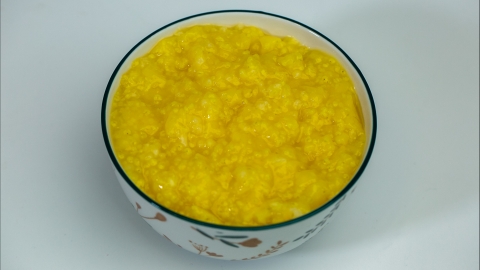What to eat on the fifth day of postpartum confinement
On the fifth day of postpartum confinement, diet should balance nutritional replenishment with digestive adaptation. Recommended foods include millet and red date porridge, steamed sea bass, stir-fried seasonal vegetables, egg custard, and peanut-pig's trotter soup. Detailed explanations are as follows:

1. Millet and Red Date Porridge: Millet is easily digested and absorbed, reducing gastrointestinal burden after childbirth. When paired with red dates, it helps replenish qi and blood, improving postpartum fatigue. The porridge should be thoroughly cooked until soft and mushy, making it suitable for the gastrointestinal condition on the fifth day postpartum.
2. Steamed Sea Bass: Sea bass is rich in high-quality protein and has tender flesh. Steaming preserves nutrients to the greatest extent while minimizing fat intake, promoting wound healing and tissue repair after delivery. It is ideal for meeting increased protein needs on the fifth day postpartum.
3. Stir-Fried Seasonal Vegetables: Fresh vegetables such as spinach and broccoli, lightly stir-fried with minimal oil and salt, provide essential vitamins and dietary fiber. This helps prevent postpartum constipation, enhances intestinal motility, and supports recovery of normal digestive function.
4. Egg Custard: Eggs are rich in protein and lecithin. Steamed egg custard has a smooth, soft texture that is easy to digest, providing essential nutrients without adding strain on the digestive system—making it suitable for consumption on the fifth day postpartum.
5. Peanut-Pig's Trotter Soup: Simmering peanuts with pig's trotters provides collagen and protein, which can help promote lactation. Excess fat should be skimmed off during cooking to avoid greasiness, aligning with both nutritional and digestive needs on the fifth day postpartum.
Dietary principles on the fifth day of postpartum confinement include eating small meals frequently to avoid overeating; preparing food soft and easy to digest; avoiding raw, cold, spicy, or irritating foods; and closely monitoring bodily responses, adjusting the diet promptly if discomfort occurs.





